This new book on India’s favourite beverage includes recipes for tea and a story about different seasons, times of day, and moods
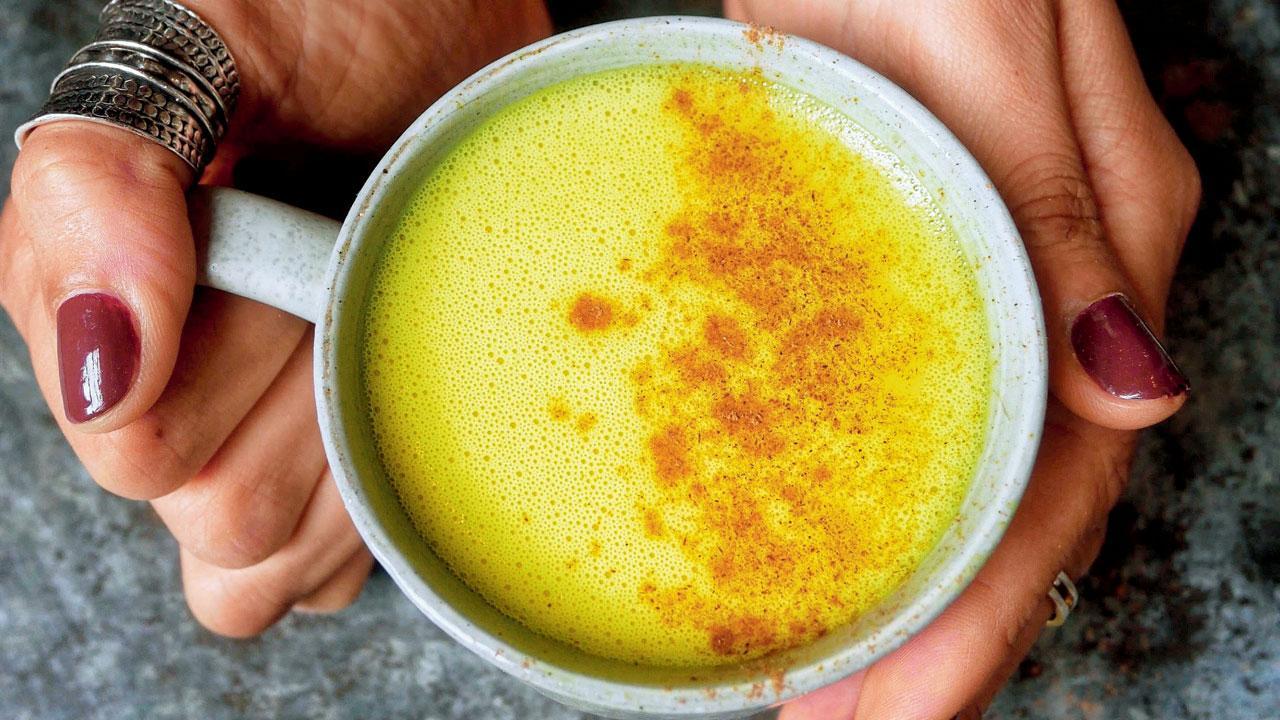
Golden Chai
Amid Lucknow’s gulabi thand (mild winter), we had one of the most unexpected treats one night. A stall opposite the Rumi Darwaza sells this beautiful Kashmiri pink tea, on tap from a large embellished brass and copper samovar, pouring it onto a ceramic bowl and saucer, with a layer of malai and a khari, delicately balancing on the top. “Dip it or break it into the tea and let the flakes gently blend into the cloyingly sweet chai, flavoured with just a hint of nutmeg, cinnamon, cardamom, saffron and kewra,” said our host. The butter and salt from the khari broke the sweet streak, and it was one of the best things we had on that trip.
ADVERTISEMENT
In a nation that bleeds chai, everyone has a story. Recently, we read The Book of Chai: History, stories and More than 60 Recipes by Mira Manek (Headline Home, Rs 809), which delves deep into the ritual. Through the book, Manek urges us to ‘keep making time for those small things that, together, bring big joy, moments that feel like a sigh, that ground you, like making your chai with spices, grating ginger or crushing cardamom pods, savouring each sip as you read or journal or simply sit.’
This book celebrates chai and explores the fascinating history of the beverage and its role in Indian life and culture without getting too factual. There are personal memories interspersed with recipes—from chai latte to rose chai and recipes using chai spices, including sweet miso chai porridge, saffron chia muesli, and vanilla chai chia pots, to accompanying dishes. She even explains the health benefits and different techniques for making the beverage.
In India, masala chai—a robust, sweet and milky tea brewed with spices, with its unique and exhilarating aroma—is woven into the very fabric of life. India consumes more tea than any other country globally. In 2022 alone, the amount of tea consumed by the country was approximately 1.2 billion kilograms. Funnily, the history of tea here is relatively recent; drinking different concoctions of spices in hot water, or kadha, is far older and expounded in the ancient Ayurveda texts.
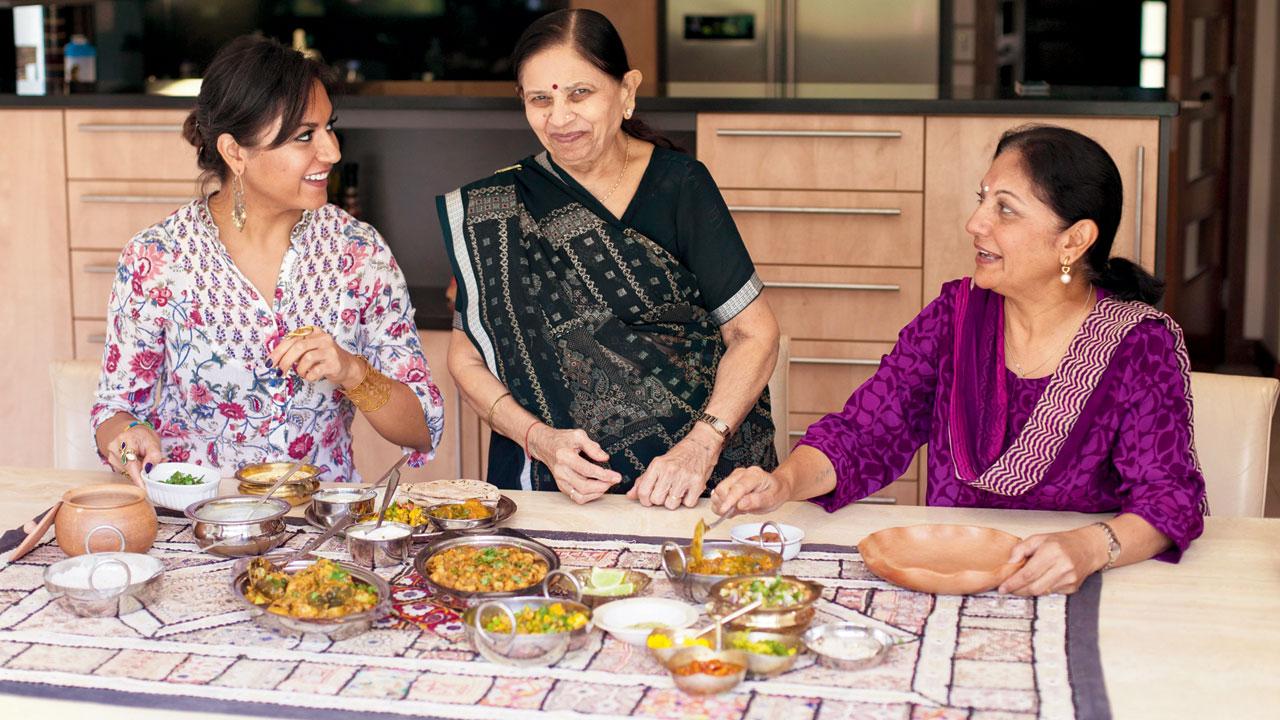
Author Mira Manek’s new book is on all things chai, laced with nostalgia spanning three generations
The author’s love affair with chai started in childhood with a cup of ukaro (chai masala mix with milk and sugar, but no tea) with buttered toast or fresh puri and progressed on as a teenager travelling all over India savouring cups or kulhads of it from chaiwalas pouring it from high above into glass cups, creating froth and steam, street-side performances that stayed with her, as did the syrupy sweetness of the brews she drank and also the healthy Ayurvedic concoctions.
Manek runs an online brand in the UK called Chai by Mira, and has created many blends of different flavours. The idea for The Book of Chai came in 2022, about a year after the brand was established, and writing it has been an enriching, eye-opening and therapeutic experience... rather like chai itself.
She visited the archives at the Royal Botanical Gardens at Kew in the UK several times to read through their incredible array of books. “Even though I’ve always loved drinking chai, I discovered so much more about its fascinating global history and spices,” she says in the introduction.
The memories in the book are about her family—her grandmother, whom they call bhabhi, and her chai memories interlaced into stories of growing up in a village in Gujarat, her year of yatra (pilgrimage) when she returned to India as a mother of three and of the summers she spent with her mother at her parents’ home in Loughborough, England.
We get the chaats, toasties, and masala chai cupcakes, but the digressing to lassis and faloodas made them seem like fillers at first. On a phone call from London, Manek explains, “In the west, chai is related to a spiced drink and milk-based drinks like lassi are mentioned to give context on how lassi is an older drink than chai in India, but the latter rose to greater fame in a shorter period. Lassi is our own; chai was introduced to us by the Brits.”
We recommend that on a late afternoon, make yourself a cup of adrak chai and carrot cake (both recipes in the book) to go with it. Take a deep breath, inhale the aroma of the spices, the leaves and savour the goodness of the golden hour as you leaf through the author’s stories that paint a vision of the old and new India, and its diaspora. From the ethereal ghats of Varanasi that are brought to life to the naga sadhus with matted hair smoking ganja at Mahashivratri; to waking up after an overnight train journey from Bihar sipping chai with strangers.
Then plan your next trip where you can sip chai, and create your own stories and memories.
Cold corn chat
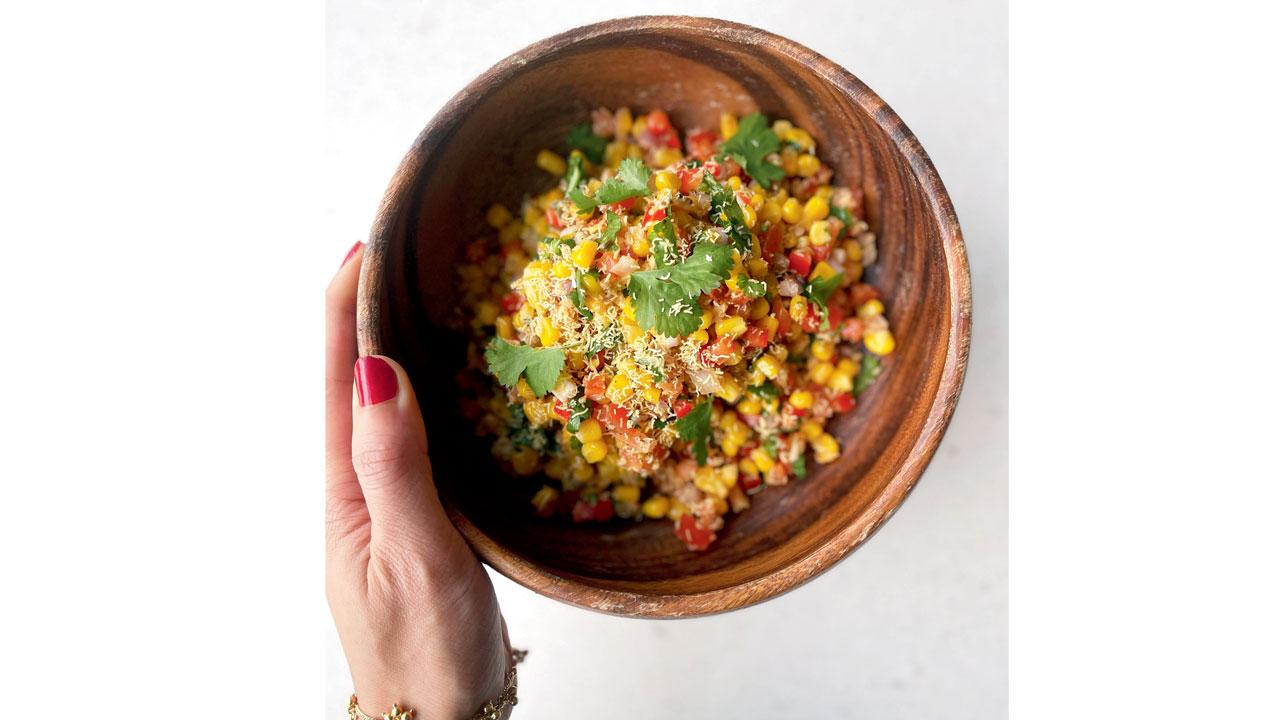
Ingredients
1 tin/340 gm corn (285 gm drained weight) or 2 cobs
1 tsp butter
1 tsp cumin seeds
1 onion, finely chopped
1 green pepper, finely chopped
1 tomato, finely chopped
Salt to taste
1 tsp black pepper
1 tsp chaat masala
Fistful of coriander, finely chopped
1 green chilli, finely chopped
Fistful of sev
1 tbsp lime juice
Method
If using raw corn on the cob, cook the cob on a naked flame or under the grill, rotating it regularly to brown all sides.
Shuck it, slicing the kernels from each side. Melt butter in a pan with the cumin seeds for a minute before adding the corn kernels.
Cook until soft. Let it cool down, and pop in the fridge/freezer until cold. Mix all the other ingredients together in a bowl, apart from the sev. Taste and adjustment seasoning.
Sprinkle the lemon juice, and garnish with sev and coriander leaves just before serving to keep sev crispy.
This chaat is a medley of flavours textures and vibrant colours, hence the word ‘chaat’, which literally translates as ‘to lick’ or ‘to taste’.
Chai oat biscuits
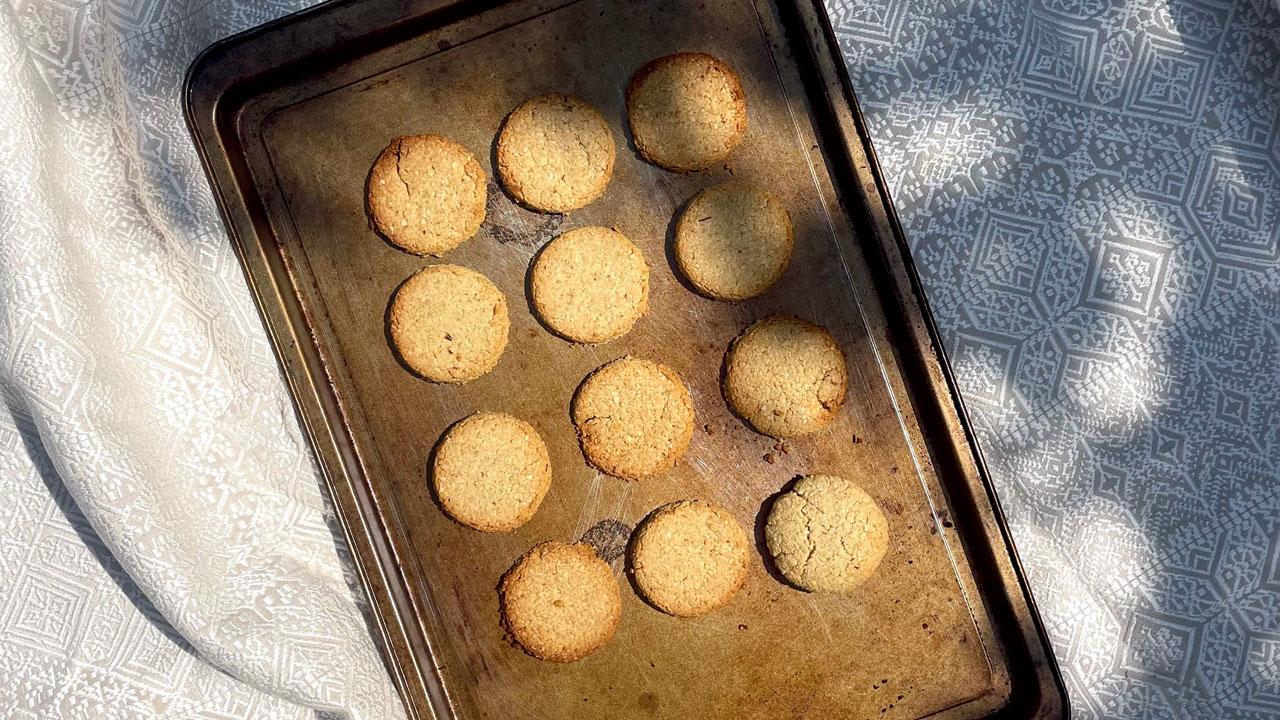
Ingredients
2 tbsp pecans and or walnuts, toasted
2 tbsp oats
2 tbsp plain flour
2 tbsp coconut sugar
Pinch of bicarbonate of soda
Pinch of cinnamon
Pinch of cardamom
2 tbsp maple syrup
1 tbsp coconut oil, melted
1 tbsp milk
1 tbsp ginger juice (optional)
Method
Preheat the oven to 180 degree Celcius. Blitz the nuts and oats in a blender or food processor, and mix with the rest of the ingredients. Taste for sweetness and make adjustments as needed.
Roll into spheres the size of golf balls, and flatten lightly using a fork. Place in the oven and bake for 15 to 20 minutes. Let cool on a rack, and enjoy!
Cupfuls of memories
Tea of the mountains

Ginger lemon honey tea is usually the choice of trekkers in the Himalayas to soothe the throat, help with altitude sickness, and prevent dehydration. This one time, in Buddhist monasteries cradled in mountain tops, I had the privilege of having butter tea with salt with some monks.
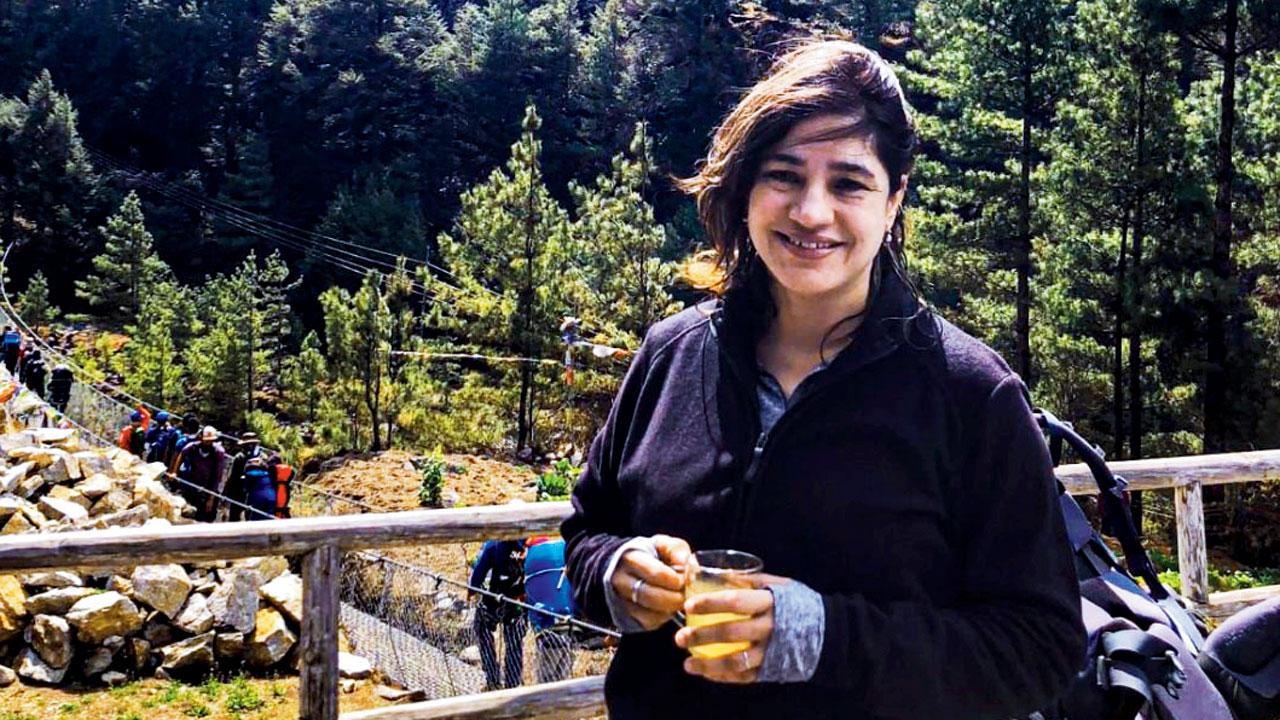
It’s a heavy and hot tea with a strong aroma of butter permeating the olfactory senses and adding to the delight of reaching the top with those incomparable views. Wrapping my fingers around the metal tea cup to feel the comforting heat, I have special memories of this butter salt tea.
Sorcery or what?
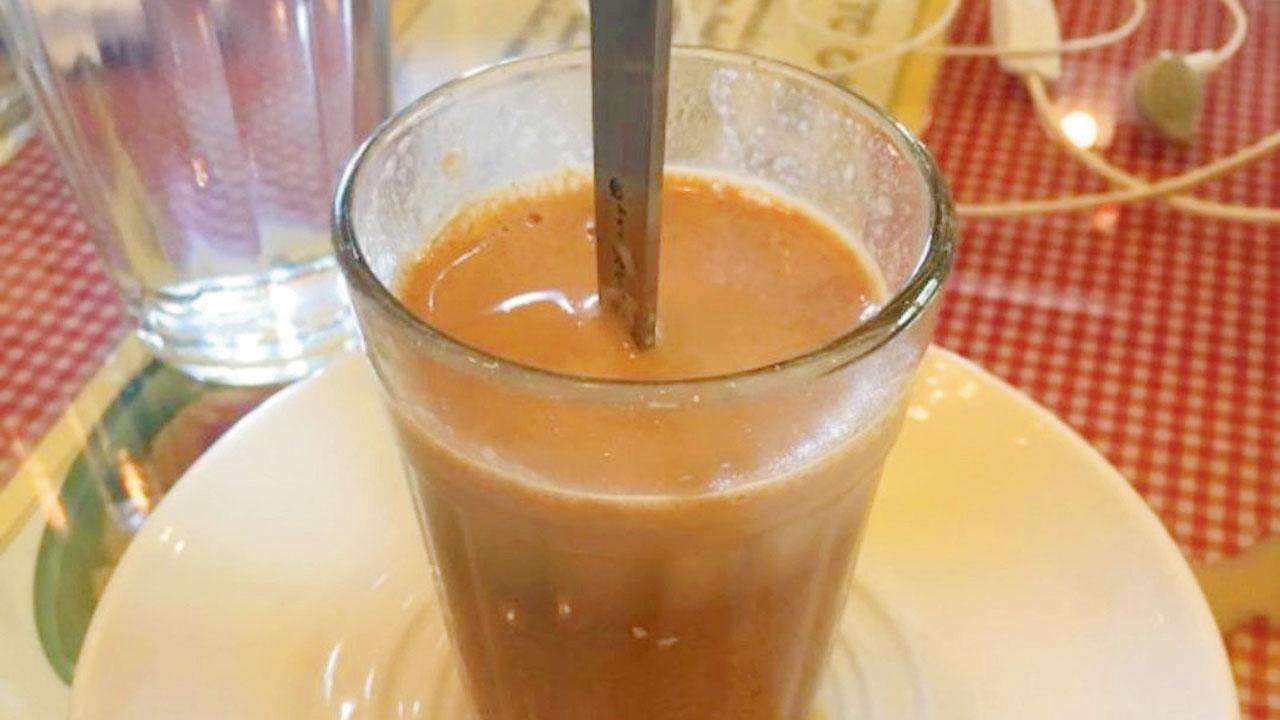
Imagine a glass of chai with a spoon in the centre, balancing without support.
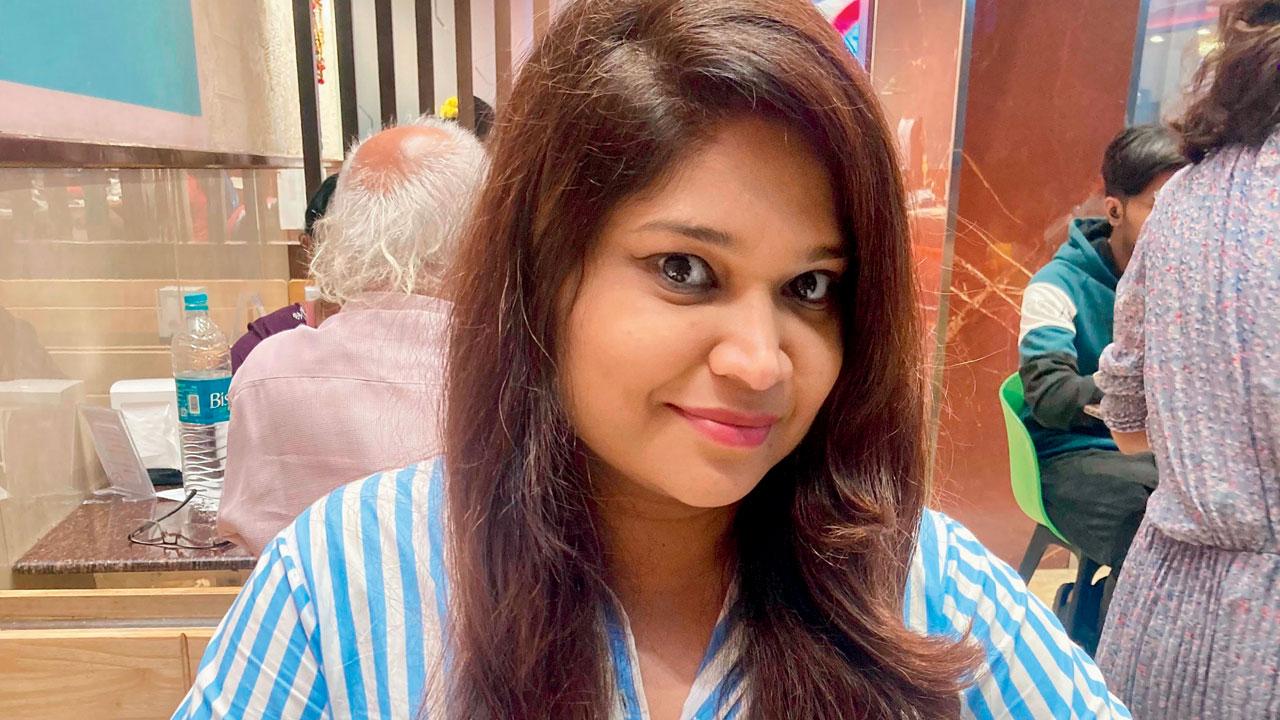
“The trick of khade chammach ki chai, which I had at a Parsi joint some years ago, is that there’s so much sugar at the bottom that the teaspoon stands vertically,” shares artist Diksha Shenoy. Need we say how cloyingly saccharine this chai must be?
Layers of love
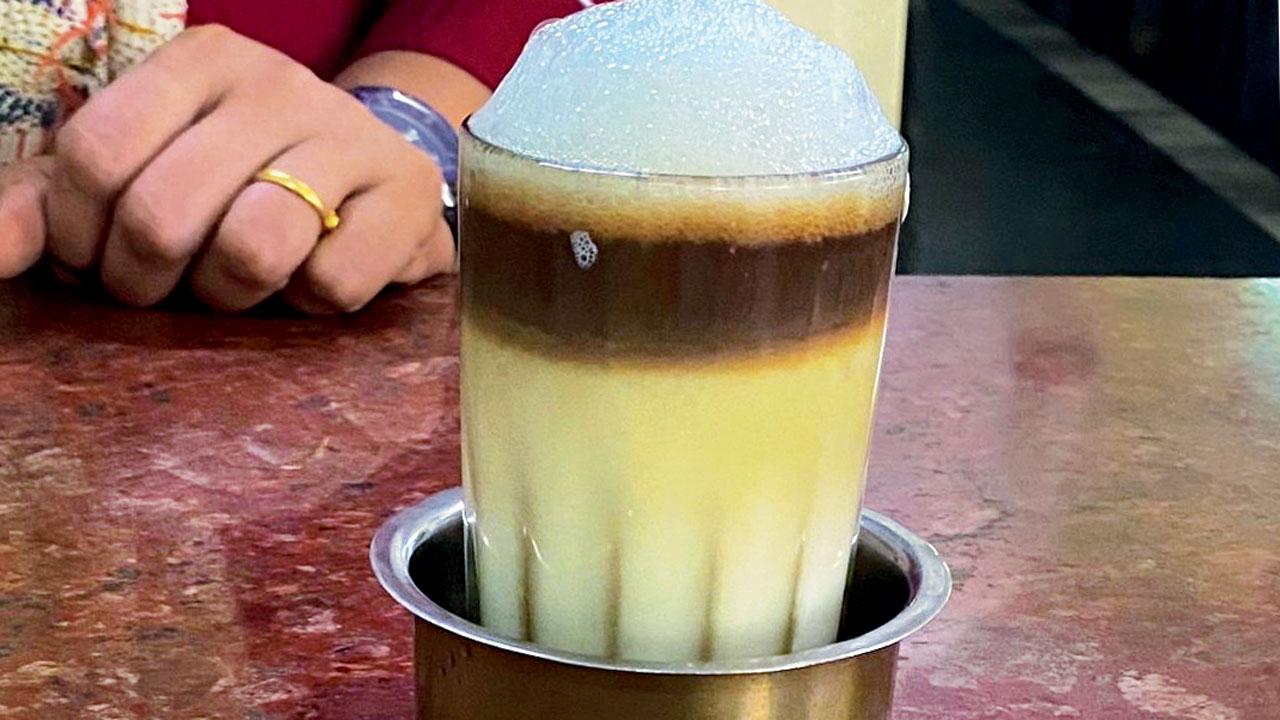
On the way from Bengaluru to Mangaluru, we take our compulsory halt at KT for Kalladka.
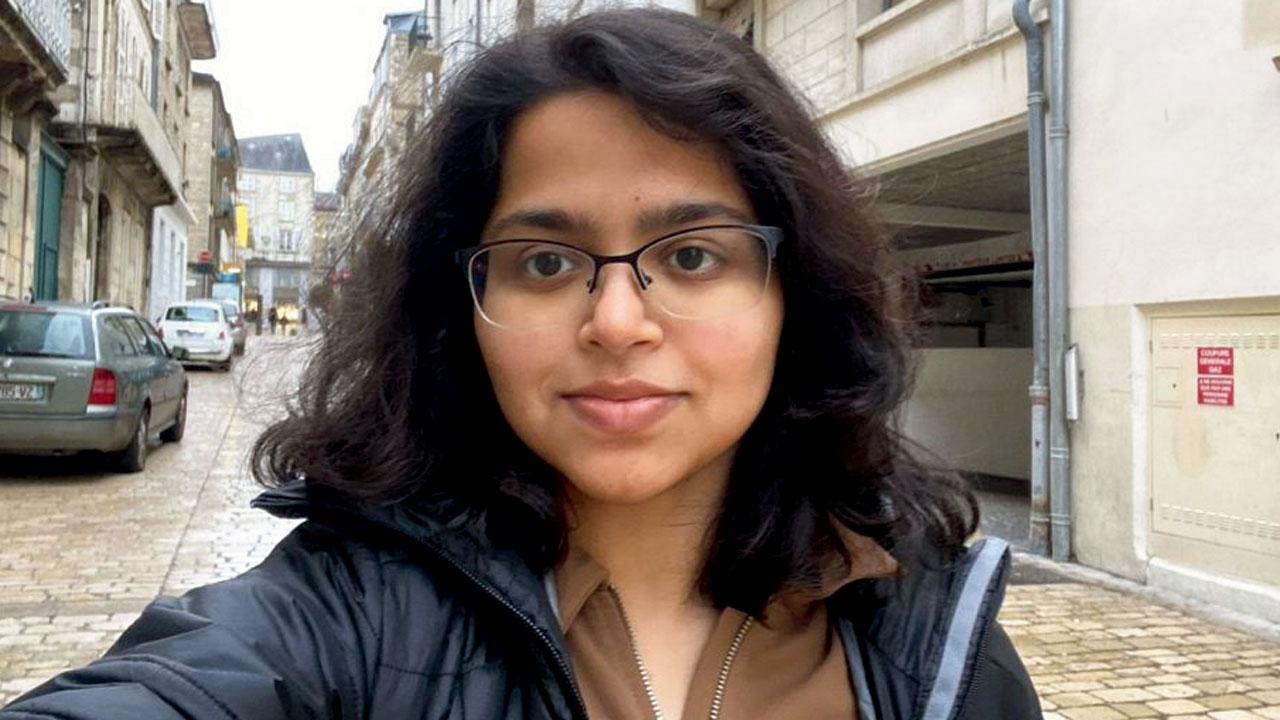
This double-layered treat by a highway tea stall has been luring travellers long before chai lattes became a thing. The balance in the ratio of milk and sugar makes it interesting.
Black tea in God’s own country
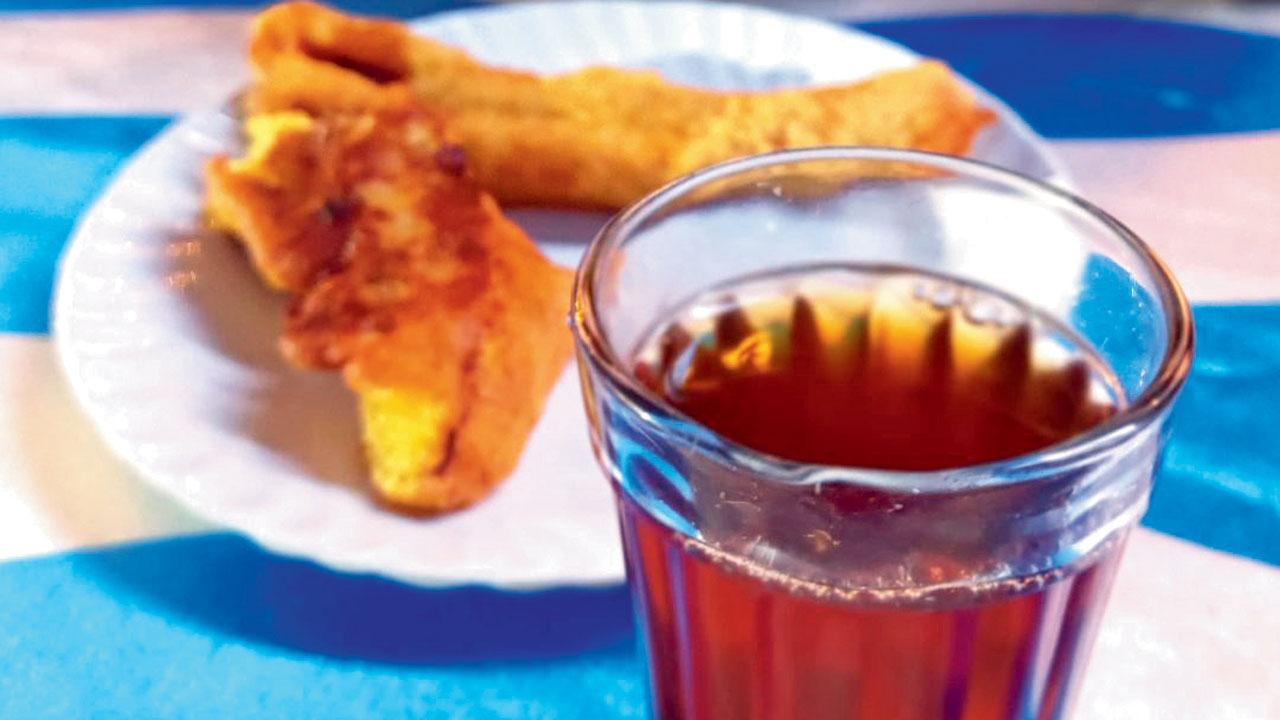
For Professor Omkar Bhatkar, you’ll find better black tea in Kerala than in Mumbai. “They over boil it here,” he complains. “My favourite memory is that of a walk with a photographer friend to this highway side tea stall—buzzing vehicles, men in mundu on cycles, frankincense in the air from temple behind—a typical Kerala morning.

The tea is brewed in hot water, then sugar is added to the glass and stirred in the quintessential kapi-style—holding one glass about a metre high and pouring into another glass in the other hand on a repeat mode three-four times, poured and reporured and served hot. The morning sun rays passing through the glass, with the radio playing Malayalam news and bells from a distant temple, made the tea memorable.
 Subscribe today by clicking the link and stay updated with the latest news!" Click here!
Subscribe today by clicking the link and stay updated with the latest news!" Click here!







